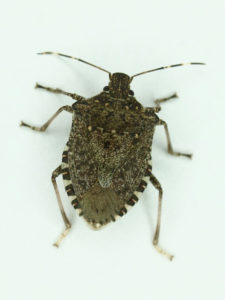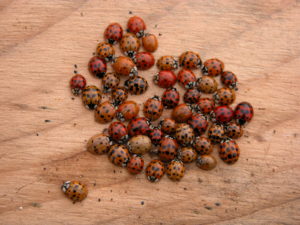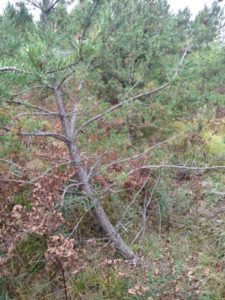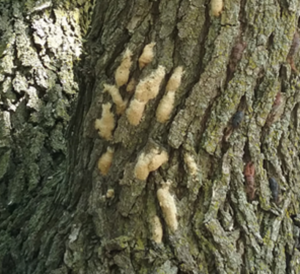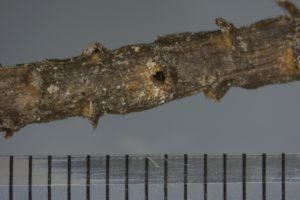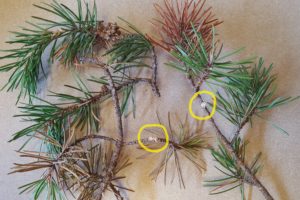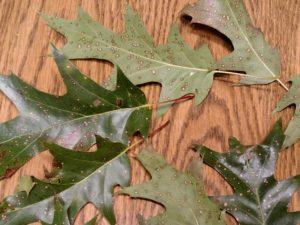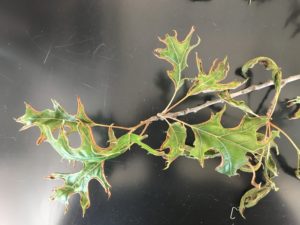By Linda Williams, forest health specialist, Woodruff, Linda.Williams@wisconsin.gov, 920-360-0665
We do NOT have Asian longhorned beetle (ALB) in Wisconsin at this time, but it’s good to be on the lookout for it. Every year folks submit reports of insects that they suspect to be ALB, but to date they have always been confirmed as the native whitespotted sawyer (sometimes called pine sawyer), which attacks stressed conifers rather than the maple and other hardwood species preferred by ALB. If you find a beetle that you suspect to be ALB, please collect the beetle, take some pictures, and send them to your forest health specialist, or to the University of Wisconsin Insect Diagnostic Lab for identification.
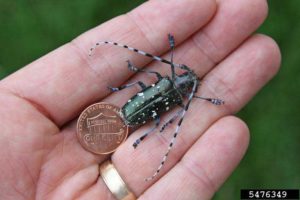
Asian longhorned beetle is a large beetle. They are smooth and shiny black with white spots and blotches on their wing covers. Photo by Joe Boggs, Ohio State University, bugwood.org.
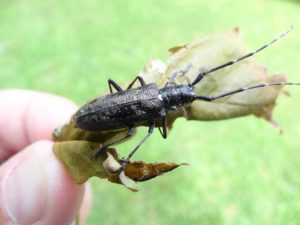
Our native pine sawyer beetle appears dusty or pitted, but is often mistaken for Asian longhorned beetle. Photo by Linda Williams.
ALB can be a very destructive pest. It is typically introduced, unintentionally, to new areas via wooden pallets, wood packing materials, or firewood. The Don’t Move Firewood website has some great tips for safe transport of firewood, how to find firewood locally, as well as a list of other invasive insects and diseases to be aware of when buying or using firewood.
USDA APHIS, which conducts eradication efforts wherever ALB is found, recently announced that an area of Ohio was officially ALB-free, and the quarantine was subsequently removed. Earlier this year in March, a separate area of Ohio was also declared ALB-free. That leaves just one area of Ohio with ALB quarantines still in effect. Eradication of ALB can take decades to complete and involves extensive efforts including tree removal and chemical treatments. States with current ALB quarantines include: Massachusetts, New York and Ohio.
For more info on ALB, check out the USDA APHIS ALB webpage, and as always, please let us know if you think you have come across a forest health concern, including ALB.

